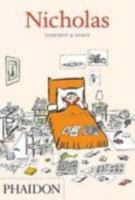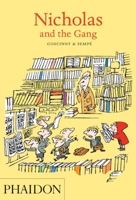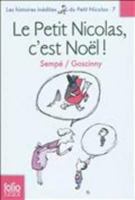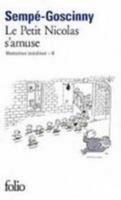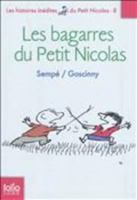Decrees of the Ecumenical Councils 2 Vol
Select Format
Select Condition 
Book Overview
No Synopsis Available.
Format:Hardcover
Language:English
ISBN:072203010X
ISBN13:9780722030103
Release Date:January 1990
Publisher:Sheed & Ward
Length:2464 Pages
Weight:0.84 lbs.
Customer Reviews
6 customer ratings | 5 reviews
There are currently no reviews. Be the first to review this work.












